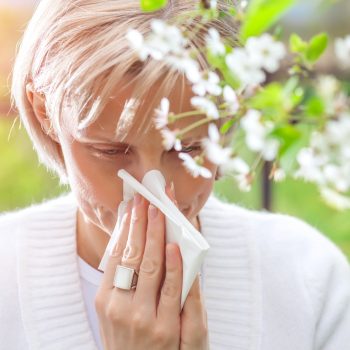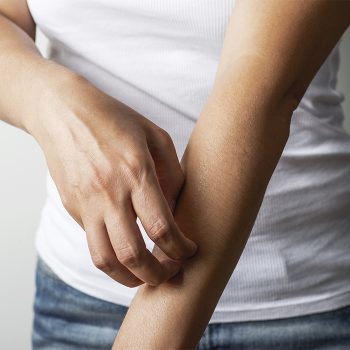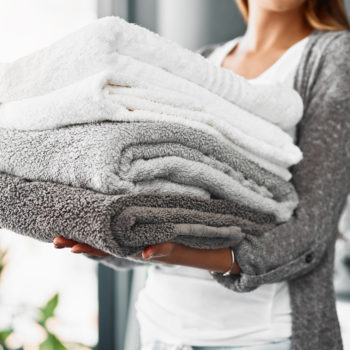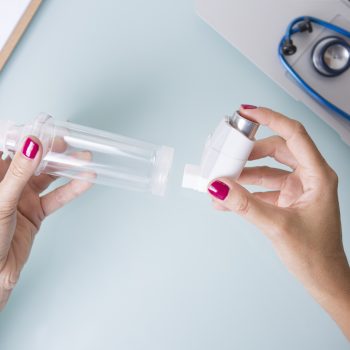If for allergy sufferers a walk in the open air in spring is almost forbidden, because of continuous sneezing, runny nose and teary eyes, the autumn period could prove to be even worse. Allergies, in fact, do not know seasons. After pollens, grasses and blooms in spring, dust mites, molds and new pollens appear in autumn and can cause sneezing and runny nose. We discussed the subject with Professor Giorgio Walter Canonica, Professor of Respiratory Medicine and Allergology at Humanitas University.
Causes of allergies in autumn
“Taking into account the climate change of recent years, which has proved to be annoying for those suffering from plant allergies that were once harmless in this season, the months of October and November now have a climate that encourages the spread of pollen of some plants,” explained the expert.
Molds and mites also become unwelcome guests within the walls of the house: “You wouldn’t expect to suffer from allergies even indoors and at home – continued Canonica. Instead, during the autumn months, facilitated by the warmth of heating, allergens such as mold and dust mites proliferate at home.
The natural humid climate of autumn, due in particular to the seasonal rains, combined with the heat of the radiators in the house, are a perfect combination to give life to some mold (such as aspergillus or alternaria), which find an ideal habitat to survive and spread precisely in enclosed and poorly ventilated environments, such as closets, garages and cellars.
“Another danger with regard to ‘domestic’ allergies is dust mites – added the professor. They are small spider-like animals, not visible to the naked eye, that become unwanted guests of fabrics, carpets, sofas and mattresses. There, they survive for about a month and every day they manage to release about 2000 tiny particles of excrement which, if inhaled, are very powerful allergens”.
How to intervene in case of autumn allergy?
The first step to combat allergies within the walls of the house is obviously a thorough cleaning, in particular useful to remove the dust in which mites and excrements that cause sneezing and red eyes nest. In the most acute moments, when prevention and ‘reclamation’ of mattresses, sofas, carpets, curtains and carpets are not enough, it is necessary to resort to antihistamines, on the advice of the doctor. To diagnose allergies doctors use so-called prick tests: these are fast skin tests that through the injection and contact with the skin of small amounts of certain allergens (mold, mites, pollens and grasses), reveal the reactions of our body. For a more in-depth investigation, this test can also be added to the research through a blood sample of specific immunoglobulins IgE: “For some years now, in clinical practice, we have also used molecular diagnostics of allergies – explained the professor: thanks to a blood sample you can identify from 100 to 200 components of the allergen responsible for the allergic reaction.
The importance of personalized care
Allergy care is personalized and varies according to the symptoms that each patient experiences. In general, however, everyone is advised to perform 1-2 nasal washes a day with a saline solution, to help remove pollen from the nostrils and breathe better. “Antihistamine drugs or a combination of inhalation steroid with antihistamine, and nasal spray can be useful for rhinitis,” explained Canonica, while those who also suffer from eye discomfort and conjunctivitis must “resort to antihistamine eye drops or sodium chromoglycate, which reduce burning and tearing”. Finally, if you want to say goodbye to allergy forever there is “specific immunotherapy that, thanks to the administration of minimal and progressive doses of mites, pollens or mold, can in 95% of cases successfully desensitize the patient – concluded the professor. Immunotherapy is administered subcutaneously or sublingually, with rates that change depending on the type of allergen. To be effective, the therapy must be carried out for at least three years”.









